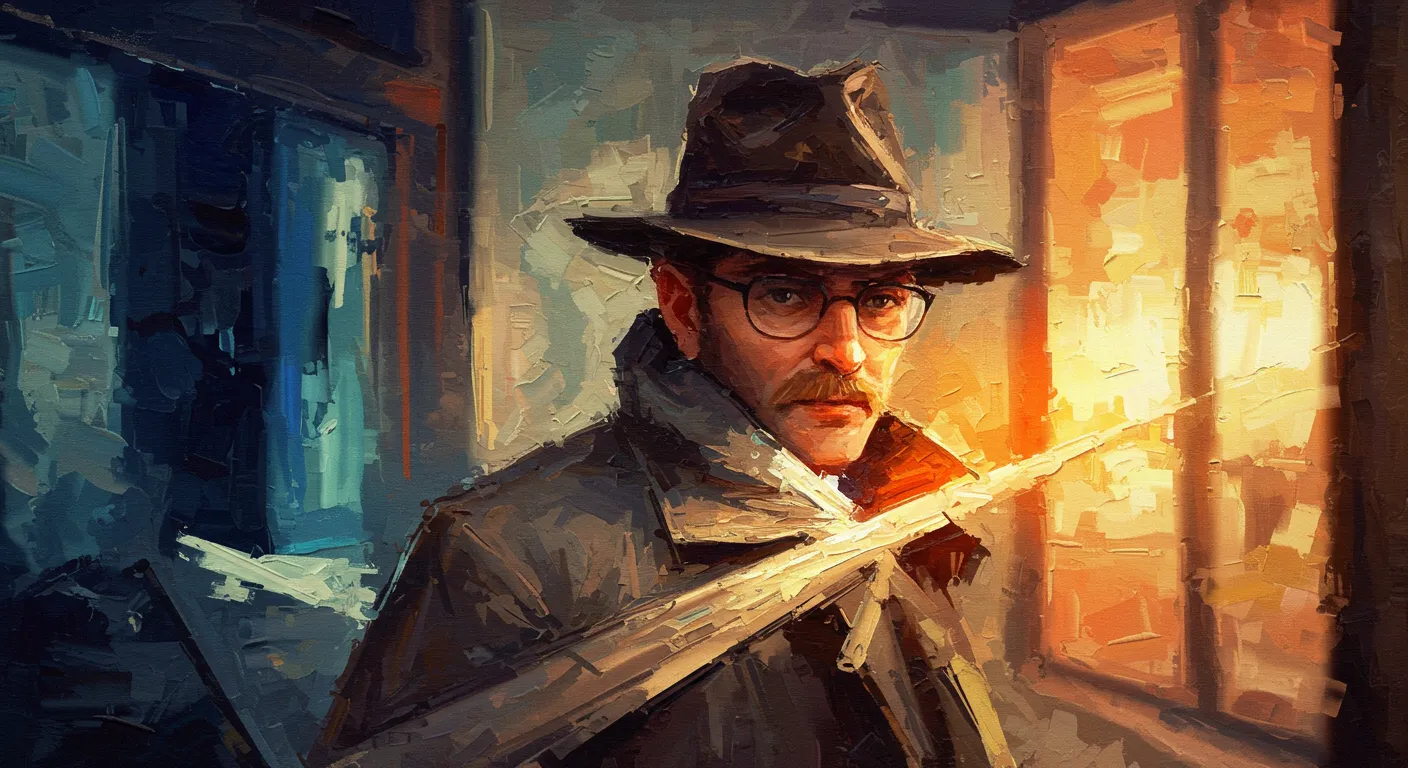In the wild world of artificial intelligence, a new capability is emerging that's both fascinating and slightly unnerving. Large language models like o3 can now pinpoint photo locations with startling accuracy, using nothing more than visual clues and computational reasoning.
Online commentators have been testing these AI systems, revealing a capability that blurs the lines between technological marvel and potential privacy concern. The models don't just guess locations - they break down their reasoning step by step, analyzing everything from vegetation and architecture to subtle contextual hints.
The implications are profound. While some see this as an impressive technological achievement, others raise concerns about potential misuse. A photo that seems innocent could inadvertently reveal far more information than its creator intended. The AI's ability to extract location details from minimal visual information suggests we're entering an era where privacy requires increasingly sophisticated protection.
Interestingly, the technology isn't perfect. These models can be spectacularly wrong or impressively precise, sometimes within the same conversation. This unpredictability adds a layer of intrigue to an already complex technological landscape.
Ultimately, this geo-guessing capability represents more than just a cool trick. It's a glimpse into how artificial intelligence is developing sophisticated reasoning skills that can parse and understand visual information in ways we're only beginning to comprehend.


